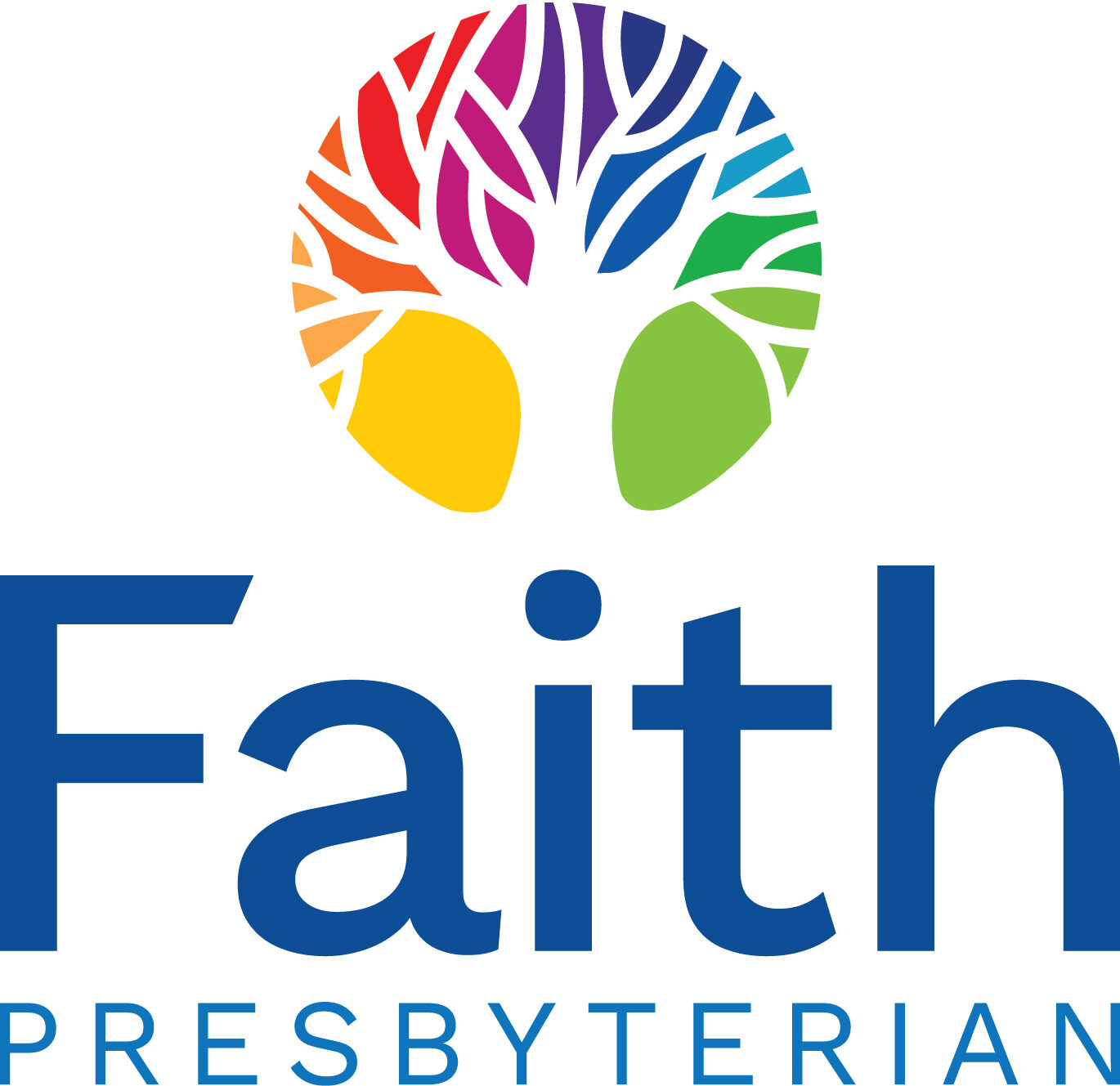Cat Goodrich
Faith Presbyterian Church, Baltimore, MD
April 17, 2022
Dare We Believe It?
Luke 24:1-12
Mr. and Mrs. Watson live at 54 Deckawoo Drive with an enormous pink pig named Mercy. Their neighbors are Eugenia Lincoln, and her sister Baby Lincoln, and down the street live two children, Stella Endicott and her brother Franklin. Mr. Watson drives a pink convertible and the whole Watson family loves to eat toast with a great deal of butter on it… especially Mercy. These quirky characters sprang from the mind of author Kate DiCamillo, who writes children’s books with almost universal appeal to the inner child in all of us. Because of Winn-Dixie, about a girl and the dog who helps her through a tough year, was my niece’s favorite book, and Maddie’s favorite breakfast to this day is… toast, with a great deal of butter on it, thanks to the Mercy Watson series.
Di Camillo’s books are loved by many, including another children’s author, Matt de la Peña. He won a Newberry award for The Last Stop on Market Street, and also wrote Milo Imagines the World, and other wonderful picture books that are in our Prayground. In his book Love, there is a page that suggests a violent family argument, a picture his publisher pushed back on, wanted to soften or edit out of the book. As he grappled with what to do, he wrote an essay online in which he posed the question, rhetorically, to DiCamillo: what is the job of children’s book authors?[1] Is it to shield children from the world, to protect their innocence? Or to tell the truth?[2]
I’ve been holding that question, and Kate’s response to it, in my heart the past few weeks of Lent. Because we might ask the same question of our faith, and of this story – the story many of us have drawn close to again this past week, the story of the life, death, and resurrection of Jesus. Does it shield us from the world? Or does it tell the truth? Because it’s a difficult story. A brutal one, really. A story of deception and betrayal. Fear and courage. A story that shows the deadly violence of empire against one who dared to challenge it. A story of suffering and death, silence and abandonment.
It’s a story that shows up again and again in our newsfeeds and papers – we find it everywhere… from a subway car in Brooklyn, to a shopping mall in South Carolina where broken glass glitters on the ground, yellow caution tape flutters in the wind. We hear it in the shouts of protesters and a mother’s grief piercing the cold air in Grand Rapids, Michigan, as they say his name: Patrick Lyoya, son, friend, refugee fleeing war in Congo, another black man dead with a knee in his back. It’s there, this story, the anguish, the senseless suffering in the ashes of a maternity ward in Kyiv, where a man with blistered hands digs graves for his neighbors, fellow Ukrainians, killed by Russian soldiers.
Deception and betrayal, fear and courage. The deadly violence of empire.
Happy Easter! We started this service with brass fanfare, with trumpets and triumph because that’s not the end of this story. The story we’ve entered into again this morning tells us also of hope, and love – love that withstands and outlasts even death. It ends with good news: new life in community. Resilience. Redemption. Resurrection.
I cannot help but wonder what it must have been like for the women that day, as they made their way to the tomb in the early morning darkness, spices clutched close to their chests. Their breathing was shallow because they were afraid, I’m sure of it. He was dead, but it was still dangerous to associate themselves with Jesus, the rabble rouser, the revolutionary so recently crucified. The soldiers who killed him might harm them, too.
They must have walked quickly, quietly, footsteps softly crunching across the rocky ground, as the dawn sky brightened around them. I’ll bet they didn’t hear the birds beginning to sing their morning songs, their hearts were so heavy with grief, their bodies bent down from the weight of it.
When they noticed the stone was gone, rolled away, the grave open for the world to see – they surely froze, fearful, wondering: Who could’ve done this? had it been robbed? It’s amazing to me that they didn’t run away right then, but steeled their nerves and entered the tomb, feeling their way through the dark, looking for the body – but they found none. The tomb was empty.
The text tells us what happens next: suddenly, out of nowhere, two men appeared beside them in dazzling clothes – surely they were angels – and the women fell to the ground right there, in the mouth of the tomb, terrified. The dazzling ones spoke to them, saying: Why do you seek the living amongst the dead? He is not here. He is risen. Remember, he told you this would happen. And hearts pounding inside their chests, the women remembered. They remembered, and something unfurled inside them, hope began to bloom…so they got up, and ran to tell the others.
You’ll notice, there is no resurrected Jesus in this part of Luke’s story. They do not see him, or speak with him, or touch his wounded hands. That part comes later, at a table in Emmaus, behind locked doors in Jerusalem. But still, here, in the mouth of the empty tomb, the women remember and believe, and it doesn’t matter that they came looking for a body, expecting death, because now they understand that what he said was true, and somehow, he is not dead, but alive again.
The disciples don’t believe them – it seems to them an idle tale… women’s hysteria, so cruel a dismissal of women’s proclamation of the gospel that it stings even now. Peter, at least, is curious enough to go and see for himself, so he finds the linen wrappings lying in the empty tomb, and is amazed. What about us? Do we dare believe it? Could it possibly be true? Is that why we tell this story again and again, why we remember and reclaim its power year after year? What difference does it make in this Good Friday world, where violence and suffering are still so real?
When Matt de la Peña asked whether authors should protect childhood innocence or tell the truth, Kate di Camillo responded. She wrote about her best friend in childhood, who loved the book Charlotte’s Web so much she would read it over and over. She would get to the last page, and then turn back to the first and begin again. Di Camillo remembers asking her friend why she would read and re-read it. Did she hope each time it will turn out differently, better? That Charlotte wouldn’t die? Her friend said, no, “It wasn’t that. I kept reading it not because I wanted it to turn out differently or thought that it would turn out differently, but because I knew for a fact that it wasn’t going to turn out differently. I knew that a terrible thing was going to happen, and I also knew that it was going to be okay somehow. I thought that I couldn’t bear it, but then when I read it again, it was all so beautiful. And I found out that I could bear it. That was what the story told me. That was what I needed to hear. That I could bear it somehow.”[3]
I believe we return to this story, the story of Christ’s life, death, and resurrection, this mystery of life out of death year after year, because it tells us the truth. Terrible things will happen to us, and do happen each day in every corner of the globe, from Baltimore to Brooklyn to Bucha. One day, we, too, will die. We know for a fact that this is true, but this story tells us that it is all going to be okay somehow. God is present even in the terror, and the suffering… even when we feel most alone in the tombs that we make for ourselves, God finds us even when we are so weighed down by grief we think that we cannot bear it. God’s love for us is so strong, it withstands even the worst thing that can happen to us. It makes new life possible, and when we remember that truth, and we claim it together, when hope unfurls within us and begins to bloom, my prayer and why we gather this day is that we find that we can bear it.
DiCamillo says she thought and thought about why this was so, and what she came to was love. “E. B. White loved the world,” she writes. “And in loving the world, he told the truth about it — its sorrow, its heartbreak, its devastating beauty. He trusted his readers enough to tell them the truth, and with that truth came comfort and a feeling that we were not alone.”[4]
We are NOT alone. We are held by this community which God has called us into, a community which, in turn, is upheld by the love and wonder-working power of God, who pulls life out of death, and makes each new day possible. And so we return again and again to this story of Easter.
One of the gifts of parenthood has been reading books that I loved as a child with my girls, and discovering new ones, nestling down together at the end of each day, side by side, to share stories. The stories we tell shape us into who we are. They help build our understanding of the world, they impart a love of places and people, and sometimes of hot buttered toast. And so I hope we will tell this one – this very good news of the time when death did not win. When the violence of empire was undone by the tenacity of love. When the darkness of the tomb was actually a womb that brought forth new life. This story of the resilience and courage of the women and men who heard and believed and shared the truth of resurrection. And in their stories, I hope we find the courage to live it, again and again with the dawn of each new day…. May it be so. Thanks be to God. Amen.
[1] I learned of this exchange through the On Being podcast, an interview Krista Tippett did with Kate DiCamillo in which she referenced and read from Kate’s response to de la Peña. On Being Podcast, 3/17/22, https://onbeing.org/programs/kate-dicamillo-for-the-eight-year-old-in-you/
[2] De la Peña, Matt, “Why we shouldn’t shield children from darkness,” Time Magazine, 1/9/18, https://time.com/5093669/why-we-shouldnt-shield-children-from-darkness/
[3] Di Camillo, Kate, “Why kids books should be a little sad,” 1/12/18, Time Magazine, https://time.com/5099463/kate-dicamillo-kids-books-sad/
[4] Ibid.

